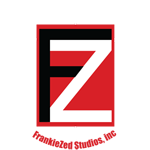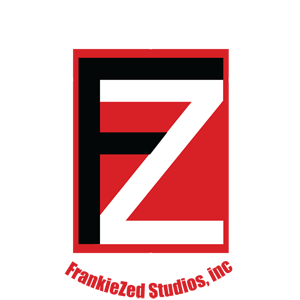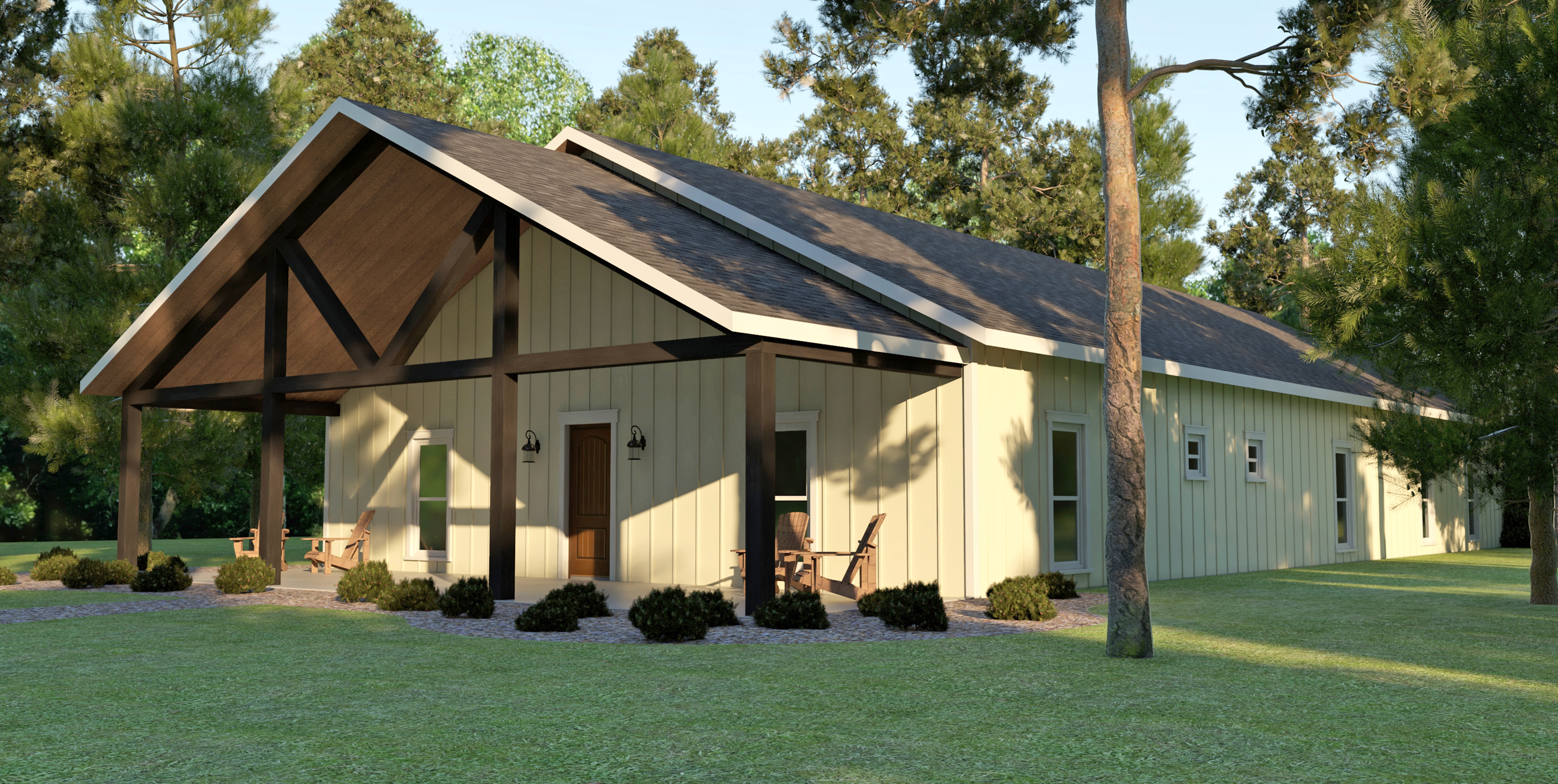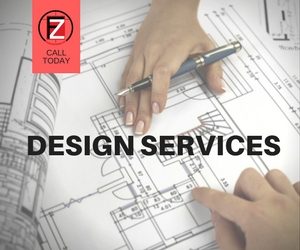Maybe you’ve been thinking about it for years or are just getting started, either way when you’re ready to build the horse barn of your dreams, these are the top 10 things to consider when building a horse barn.
1) Equine Safety and Comfort
Horses are going to spend most of their time in a horse barn making it important you put their safety and comfort first. Most people build equine facilities with their own personal needs ahead of their horses needs. Horses are the ones who have to live in this building. Choosing a building designer who has experience in horse barns is important because housing live animals has its own issues. You want to choose a designer who will stay focused on keep your animals safe and comfortable.
2) Ventilation Systems
Ventilation in a horse barn should be the most important design features that will go into your building. Without good ventilation your building could be filled with hot, moist, toxic gases, and very stale air. When hot, moist air gathers at the peak of the building, it can actually rain back down on you in some cases. Good ventilation will remove the hot, moist, air from the building, keeping it dry year round. It is important to remember just because your center aisle and rafters have good ventilation doesn’t mean your horses’ stalls have good ventilation. Ammonia is a toxic gas given off by your horse’s manure. Long exposure to strong ammonia fumes can cause several respiratory problems in horses. A well designed ventilation system in your barn will remove toxic air within the stalls and bring fresh air in. It is important to make sure ammonia gasses that linger around the lower areas of the stall get properly vented out. Vented partitions and vented stall doors along with ceiling fans and exterior stall openings can help keep your horses’ stalls well vented.
3) Interior Layout Design
When it comes time to decide on the interior layout what looks good on paper may not work with your normal day-to-day needs. Working with an experienced horse barn designer can make all the difference in this instance. They can help you design an interior layout that will meet all your needs now while allowing for future growth if necessary. For example: you have a 36’x10’x72’ stall barn, in your design, you put the tack room in the first bay of the barn- right as you walk in. Do you really want to drag all your tack six bays down to the end to saddle up your horse? By thinking about these simple things, like moving the tack room or feed room to the center of the building, you could save yourself a lot of unnecessary work.
4) Building Component Design
Typical stall size is 12’x12’. When designing the stalls in the horse barn you need to take into consideration the type and size of your horses. Larger horses need larger stalls. If you’re going to have brood mares you might want to consider removable partitions so you can give mother and baby more room to move around. It is important to make sure whoever designs your stalls provides bite guards on all exposed lumber corners. You don’t want your horses to have the option of a feeding frenzy on your new stalls. Features designed for your convenience can also be included in your stalls: automatic watering, swing-out feeders, swing-out water bucket doors and feed holes are all options that can make your daily chores easier. The partitions you choose can also be important: do you want solid partition with tongue and groove lumber all the way up, maybe a vented partition with gaps between the lumber to allow better ventilation without giving up the full partition or do you want a partition with pipe section in the upper half. All of these serve a purpose. Make sure to decide what is going to work for you and your horses. An experienced horse ban designer can help you make all these decisions so everything will work for you and your horses.
5) Complete Construction Services
Choosing a reputable builder who you can trust to construct your horse barn is critical. Selecting a builder who can work with you from beginning to completion allows you to work with one point of contact, taking the hassle out of your construction project. Builders who offer complete construction services can work for you throughout all phases of the construction process, right down to finishing the interior of the horse barn. Some companies can provide you with tack rooms, wash stalls, stalls, and tack room equipment- everything you need so when the building is done and you are handed the keys you can move everything into your building- horses, tack, feed, and supplies. You can start enjoying your new barn right away without having to tie up lose ends before getting back to enjoying time with your horses.
6) Structural Design
It is important that your horse barn be designed to meet your areas’ snow and wind load requirements. The horse barn should withstand anything Mother Nature throws at it. At some companies, every building they produce is designed to meet the local load requirements at no additional charge to you. Designing a horse barn to meet your local load requirements is something your horse barn designer should be doing as well as getting an engineering firm involved. . It is important to find out a company’s policy on structural design up front to avoid problems down the road.
7) Building Type and Style
Consider what type of building you are looking for. There are several types of building styles to choose from including: gambrel, monitor, traditional gable, clear span buildings and rafter style buildings. You need to choose the building that is going to meet your needs now and in the future. What do you plan to use your building for? Is it strictly going to be used for housing horses or do you plan on storing equipment or hay in the building? Do you need a hayloft or do you have another building where you plan on storing feed. These are all things that need to be considered when choosing the type of building you’re going to have built.
FrankieZed Studios Equine Facilities Design
FrankieZed Studios has a passion for horses and a the facilities that used to keep horses healthy. Our design staff are with you from the planning stages through the construction of your building.
Our experience in building designs and horsemanship gives us insight into what horses and their owners want and need in an equine facility.







